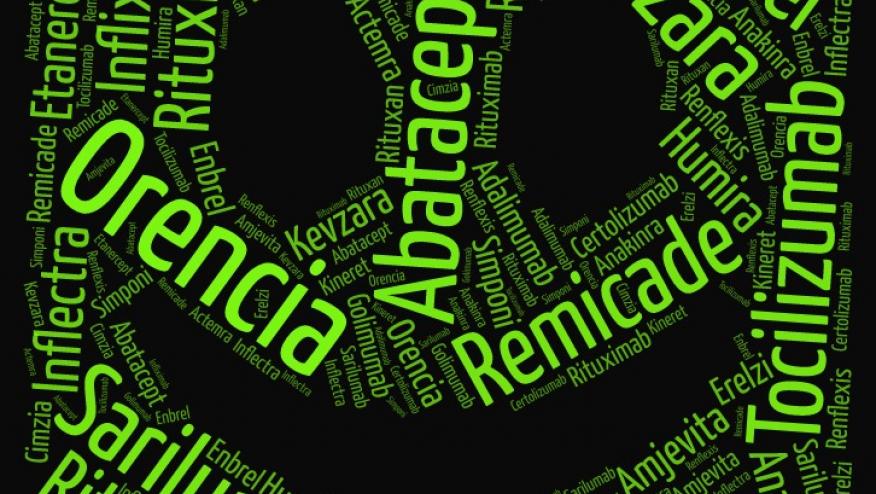Treatment Sequences Define Subphenotypes in RA Patients Save

An analysis of a large rheumatoid arthritis (RA) cohort sheds light on biologic disease-modifying anti-rheumatic drugs (bDMARDs) clustering that may be used in management, as certain clusters of b/tsDMARD correlated with disease activity over time.
Choosing treatment from the many bDMARD or tsDMARDs classes (TNFi, CTLA4, IL-1, IL-6, JAK, CD20) used to treat RA, is at best, a random effort. This study is a novel attempt to subphenotype RA patients in a manner that informs treatment response.
Electronic health record data identified RA patients treated with ≥ 1 bDMARD or targeted synthetic (ts) DMARD. Markov chains for clustering sequence data to group RA subjects by the sequence of medications b/tsDMARD tried. An attempt was made to correlate treatment cluster sequences with clinical disease activity index (CDAI) and trajectories over time.
The study included 2172 RA patients (mean age 52 years, RA duration 3.4 years, 62% seropositive). From 550 unique b/tsDMARD sequences they identified 4 main clusters:
- TNFi persisters (65.7%) TNFi persisters had the most favorable trajectory of CDAI over time.
- TNFi and abatacept therapy (8.0%)
- Rituximab or multiple b/tsDMARDs (12.7%)
- Tocilizumab predominant with multiple therapies (13.6%)
It was observed that RA subjects can be clustered based on the sequence of b/tsDMARD prescriptions over time and that the clusters were correlated with differing trajectories of disease activity over time. The TNFi persisters had the best trajectory for disease activity control, followed by those who remained on abatacept. Patients requiring multiple trials of b/tsDMARDs had the least RA disease activity control.
The natural extension of this clustering study would be to link b/tsDMARD defined subphenotypes to other distinct genomic signatures or biomarkers such that they may be employed prospectively.











If you are a health practitioner, you may Login/Register to comment.
Due to the nature of these comment forums, only health practitioners are allowed to comment at this time.